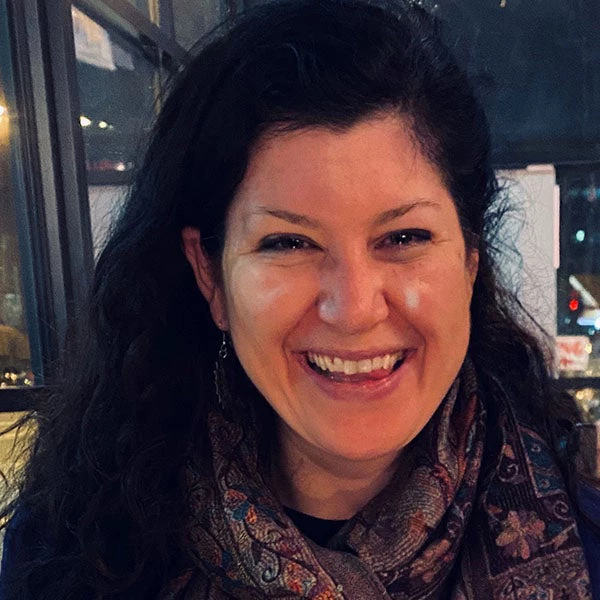 A photo of a man reading to an infant.
A photo of a man reading to an infant.
Why does having books at home matter?
More than half of all children around the world cannot read and understand a simple story by the end of primary school, a situation that is expected to only worsen due to the COVID-19 pandemic. This statistic is worrying, but perhaps not surprising considering that most children do not have books to read at home. In Sub- Saharan Africa, only 3% of households have more than two children’s books at home, and just half of all parents report regularly engaging in cognitively stimulating activities with young children.
Studies consistently demonstrate that the home literacy environment and particularly the quantity and quality of talking, interacting, and reading with a child during the early years are strongly associated with language and cognitive development, school readiness and academic performance. A recent study covering 35 countries of varying income levels found that having at least one children’s book at home almost doubled the likelihood of the child being on track in literacy and numeracy.
Read@Home
Against this backdrop, the Read@Home initiative aims to deliver reading and learning materials to hard-to-reach homes, as quickly and efficiently as possible, along with support for parents and other caregivers to engage with children’s learning. Read@Home seeks to learn from and build on past efforts to get books into the hands of vulnerable children and their families, such as those implemented in South Africa, Kenya, Mongolia, and the United Kingdom, and others supported by USAID, the Global Reading Network and Room to Read, among others.
To help countries assemble packages of quality reading materials for children and practical guidance for caregivers to support reading and learning, we developed the Read@Home Manual. This resource systematizes existing materials, lessons and practices, fills-in knowledge gaps, and presents actionable step-by-step recommendations for policymakers, World Bank teams and partners. In addition to guidance on how to create reading packages for children aged 3-12 in developing countries, it includes guidance on monitoring and evaluation to accompany the effort. It is a living document that will be refined through the implementation of the Read@Home initiative in 13 countries.
What is in the Read@Home manual?
1. Global research on books and reading, and a primer on how children learn to read
This introductory section is the most theoretical part of the Manual. It explains the importance of reading at home and presents the evidence base. It also provides an overview of the process through which children learn to read, presenting the different skills acquired at each stage. The latter is used as a basis for the process of selecting books at the right level, which is covered later on in the manual.
2. Guidance to identify and select quality storybooks
Section 2 contains practical step-by-step guidance on how to identify and select quality age-appropriate storybooks and story cards. This section includes an overview on what makes a good storybook (Figure 1), as well as recommended steps for the identification of story card/book titles and book selection decisions at the country level, including decisions on language and print specifications to reduce costs.
3. Guidance to identify, select and create caregiver engagement
Section 3 presents information and suggested steps to identify, contextualize and distribute guidance for caregivers to support the learning process before, during and after reading. It includes advice for caregivers who can and cannot read and has an annex with sample handouts that can be used as a basis for countries to build their own materials (Figure 2).
Additionally, this section presents options on how to deliver content to caregivers (ranging from technology enabled to face-to-face meetings and posters/flyers) taking into account: existing platforms that reach parents at the school, through community services, or at home; caregivers’ connectivity; and cost. It ends with guidance on how to identify existing resources and provides links to examples that could be easily adaptable to the country context (such as these from Rwanda, Colombia, Senegal, USA, Sesame Street).

4. Monitoring for learning
The final section provides technical guidance on how to monitor the implementation and impact of Read@Home and other similar initiatives. It includes suggested indicators and outcomes to track over the short, medium and long term (see Figure 3), along with sample tools for data collection that can be adapted to different contexts. In addition, it presents advice on how to select among different data collection methods available (including remote data collection strategies in light of the COVID-19 pandemic). Finally, the Manual includes brief guidance on implementing data collection, including considerations for sampling, piloting tools, training data collectors and collecting data responsibly.

The Read@Home Manual is also available in Spanish, French and Portuguese. This manual is a living document that will be periodically updated based on experience and as new tools become available. We hope that this resource will be helpful in your efforts in supporting families to access quality reading materials and to engage in reading at home. Join us in getting children to Read@Home!





Join the Conversation